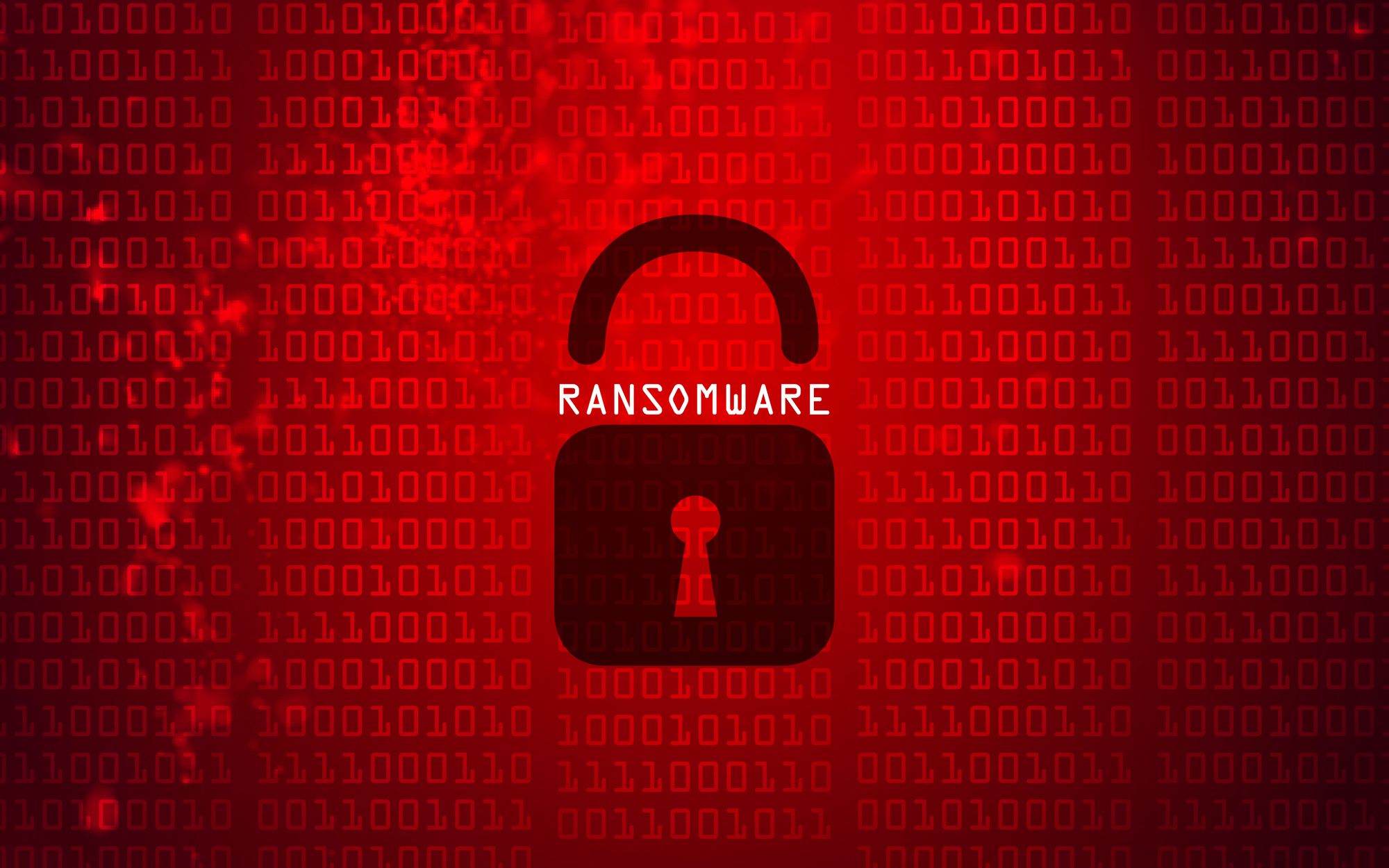Last updated at Fri, 19 Apr 2024 20:11:44 GMT
Ransomware-as-a-Service, or RaaS, has taken the threat landscape by storm — so much so that in 2023, the White House re-classified ransomware as a national security threat. How has RaaS taken the impact of ransomware attacks to this next level of federal concern? By allowing potential cybercriminals to launch a ransomware attack regardless of their experience with programming or technical sophistication.
According to Cybersecurity Ventures, ransomware might cost companies nearly $265 billion annually by the end of 2031. Meanwhile, bad actors get a lot of bang for their buck with Ransomware-as-a-Service. RaaS kit subscriptions can be as little as $40 per month.
That said, security professionals shouldn’t roll over or wave the white flag. Implementing a few key strategies can minimize the effect and decrease the likelihood of falling victim to a RaaS attack.
What is RaaS?
Organizations should clearly understand what RaaS is to make their security strategies specific to the needs of ransomware defense.
So, what is Ransomware-as-a-Service? It’s a business model designed by larger, more sophisticated ransomware groups. These groups utilize their technical expertise to create portable ransomware packages — or kits — that they then sell to buyers aiming to launch their own ransomware attacks.
Basically, ransomware operators turn their processes into a program or software usable by other threat actors. RaaS packages are often advertised on forums on the dark web, and they can also come with downloadable features, bundled offers, and 24/7 support staff. Well-known examples of groups that produce RaaS kits include:
RaaS kits aren’t developed out of the goodness of ransomware groups’ hearts. As noted above, these kits operate similarly to SaaS business models in that users follow some type of payment plan with the original ransomware operators.
These plans might look like:
- A one-time licensing fee
- A monthly subscription fee
- An affiliate program fee — which typically entitles a chunk of the profits to the ransomware group
- Pure profit sharing
Defending against RaaS attacks
When it comes to Ransomware-as-a-Service, the best method of defense follows a pretty consistent cybersecurity theme: Prevention is protection. Ransomware attacks are extremely costly and time-consuming for security teams to retroactively address. So, implementing security strategies aimed at stopping RaaS users in their tracks should be considered essential.
However, RaaS attacks are evolving faster than ever, so it can be tough for security teams to know where to start. Here’s a cheat sheet of three easy ways to defend your organization from RaaS attacks — well before they even strike.
1. Patch, patch, and patch again
Patching is a critical part of cybersecurity maintenance. Ransomware operators are looking out for new vulnerabilities to exploit around the clock — after all, that’s their full-time job. So, it’s critical for organizations to amp up their vulnerability management strategy and stay on top of the growing list of critical vulnerability exploits (CVEs) that bad actors use to breach sensitive systems and assets. A rigorous patching program will go a long way in keeping the latest RaaS kits at bay.
RaaS Hack: Keep tabs on what vulnerabilities your organization might have by checking up on CISA’s Known Exploited Vulnerabilities Catalog. This federal resource includes a bulletin that security teams can subscribe to, as well as downloadable versions in CSV and JSON formats.
2. Segment networks to prevent widespread environment proliferation
One of the biggest problems with RaaS attacks is that they move fast. Once RaaS users find an “in,” they can swiftly move into other connected environments — which can lead to an organization getting completely infested by ransomware.
To prevent the RaaS ripple effect, organizations should segment their networks. Network segmentation compartmentalizes one larger network into sub-networks, which allows security teams to devise security controls unique to each smaller network. Sub-networks not only make network security more manageable, they also make network security more diverse — mitigating the damage of one exploited vulnerability.
3. Build and maintain a culture of security
An organization is only as strong as its weakest link — and more often than not, humans are the weakest link. IBM’s 2023 X-Force Threat Intelligence Index found that successful phishing campaigns caused 41% of all security incidents. That means a critical remedy for RaaS attacks is providing organization-wide education on attempts via phishing, business email compromise, or other attack methods reliant on human error.
RaaS Hack: If your organization has limited resources for cybersecurity, leveraging managed services can implement cybersecurity “training wheels.” Managed services vendors can help educate your teams — and by proxy, your whole organization — on best practices for protection against RaaS attacks.
Next steps for RaaS defense
RaaS attacks are growing more frequent and more sophisticated, and it can be tough to match and meet bad actors where they’re at when you are inundated with a laundry list of other daily tasks.
That’s why we built Managed Threat Complete, an always-on MDR with vulnerability management in a single subscription that helps take the load off your security teams so they have space to innovate and strategize. Leverage the skill of our world-class cybersecurity experts and learn how to implement robust RaaS defense in your organization today.
